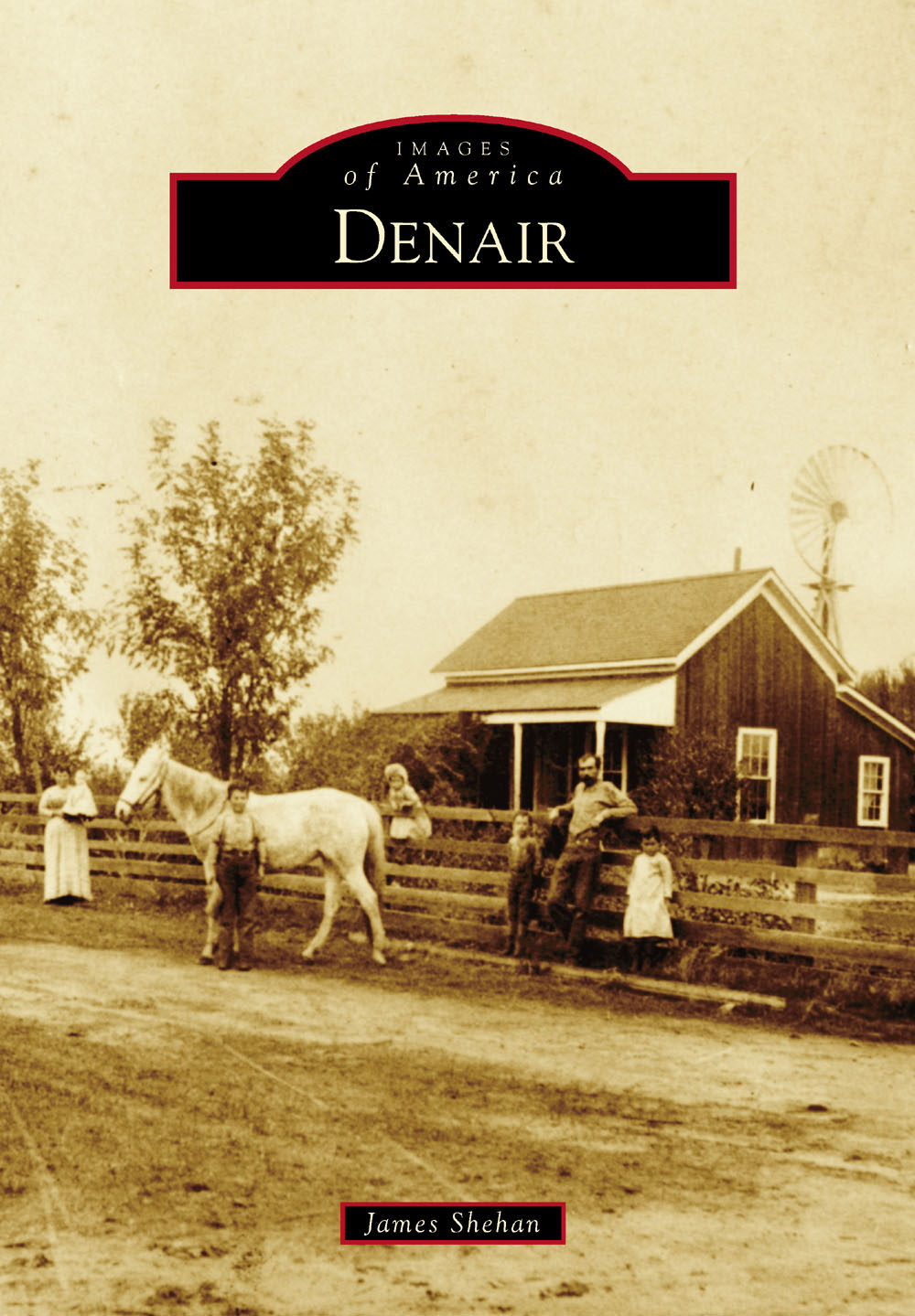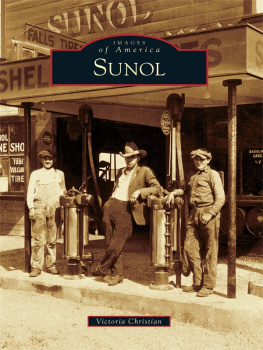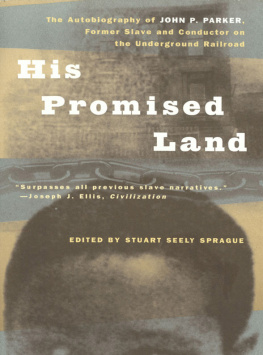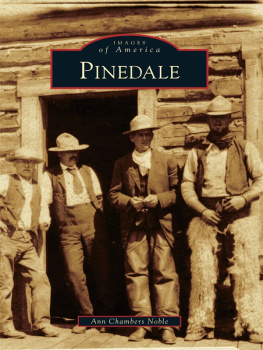
IMAGES
of America
DENAIR
ON THE COVER: Big John Davis settled in the area, which is now Monte Vista Avenue and Lester Road, when he purchased 327.97 acres for $2.48 per acre in 1871 from Green Baker, who had been deeded the land by the federal government in 1869. Davis soon built the home shown in this photograph in 1871 and purchased an additional 1,120 acres at the cost of $3 per acre. In January 1905, Davis sold 2,605.46 acres to Lester, Whitmore, and Dickinson, with Lester getting 622.9 acres including the home. James N. Lester added a kitchen, dining room, pantry, storage closet, and bathroom, among other improvements to the house. The home went through many different upgrades over the years and was finally burned down by the Denair Fire Department in April 1964 to make way for a new high school facility to be built on the land. The home was 93 years old at that time. (Stanislaus Region History and Culture Image Collection, Series I, Subseries 2, Box 1, Folder 17, Special Collections, University Library, California State University, Stanislaus.)
IMAGES
of America
DENAIR
James Shehan

Copyright 2015 by James Shehan
ISBN 978-1-4671-3460-6
Ebook ISBN 9781439653500
Published by Arcadia Publishing
Charleston, South Carolina
Library of Congress Control Number: 2015941081
For all general information, please contact Arcadia Publishing:
Telephone 843-853-2070
Fax 843-853-0044
E-mail
For customer service and orders:
Toll-Free 1-888-313-2665
Visit us on the Internet at www.arcadiapublishing.com
To Mom and Dadthank you
CONTENTS
ACKNOWLEDGMENTS
The photographs in this book come from many different sources, including Denair Unified School District, Denair Community Services District, John Chance, Carol Heans Royster, Cheryl Montgomery Cline, Denair Fire Department, Denair Post Office, Denair Lumber Company, Denair Lions Club, Alma Jean Mills Coleman, Joyce Domecq Morrissey, Louis Domecq, Patricia Moore, Hazel Wade Gomes, the Witmer family, the Kastner family, Bryan Tribble, Norma Cordova, Connecting Point Church of the Nazarene, California State University Stanislaus, and the Turlock Historical Society. Thank-yous go to everyone that contributed to this book. If I have left anyone out, I am truly sorry; it was not done on purpose.
Individuals who helped tremendously with the creation of this book and to whom I am in great debt to include John Chance, for his countless photographs and excellent memory of Denairs past; Jody Jorge at the school district, for all of her help and research; Stephen Browning, for help acquiring photographs and listening to me go on endlessly about this book; my family, for putting up with me as I received each image and recounted its history; Laura French from CSU Stanislaus, for rescanning the cover photograph just in time for the deadline; Eletha Cole, for putting me in touch with Cheryl Cline, who was a wealth of information and photographs; Cary Evans, for all of his research (I am so glad I finally found him in time); Robert Mann, for all of his help and support over the years (thanks for being a great friend); Carl Baggese, for paving the way with a great job on the Modesto books and for his support; and of course, Janice Key, my editor extraordinairewho else could turn my chicken scratch into meaningful sentences in the blink of an eye? Without the help of these people and many others, this book would never exist.
INTRODUCTION
It was a good land, Theodore Jessup said, when asked why he had chosen Denair as the spot to establish his dreamed-of Quaker colony. Yes, the land was good, it was cheap, and there was plenty of irrigation water. Theodore Jessup had come from to Denair from Iowa via Kansas and finally Whittier, California. He was one of those Americans seeking the opportunity to better his condition.
But Jessup was neither the first nor the last white man to look with favor upon this part of the San Joaquin Valley. Mr. Cutler, a teacher at Denair School in 1908, had often regaled his pupils with tales of his own boyhood. His playground, he said, had extended from Stockton to Fresno. He and his horse had roamed as they pleased, spotting herds of antelope and cattle as they fed amid acres of Lupine and poppy. He had stopped nights at one cowboy camp or another.
By the time Mr. Cutler was a man, Big John Davis and Charles Sperry, among others, had plowed under the poppies and sowed barley. Still later, after Mr. Cutlers hair had thinned and turned grey, and he earned his living explaining decimals to leggy children, La Grange Dam had blocked the waters of the Tuolumne River, sending them flowing between the sandy banks of miles-long canals to the relative flat of the valley below. This flow of water changed the great barley ranches into forty-acre diversified farms. The story of the Charles E. Sperry ranch could be, with modifications, the story of the entire area.
from History of Denair by Christine Chance
Streams in a Thirsty Land, 1972
Denairs story is similar to many of those of the towns along the rail lines in the San Joaquin Valley. In the early days, the town had somewhat of an identity crisis, changing names from Elmwood to Elmdale, then to Elms for a short while, before going back to Elmwood, and eventually coming to Denair. However, like in many of the other towns in the area, agriculture has remained the backbone since the beginning, from the massive barley and wheat fields during John Davis and Charles Sperrys time, to the orchards of almonds and fields of alfalfa of today. Agriculture is what built this area, and agriculture is what will remain.
On April 24, 1907, the towns name was changed from Elmwood to Denair, in honor of its most prominent landowner at the time, John Denair. Denair came to the area from Southern California after learning about plans that the Santa Fe Railway would be putting a section headquarters and roundhouse somewhere in Stanislaus County. John decided to purchase around 9,000 acres in the area of what was then Elmwood Colony for a low price and sell the land to the railroad at a profit. Unfortunately for Denair, his land prices were too steep for the railroad, which, in turn, chose to purchase land north in Riverbank for its section headquarters and roundhouse.
Born November 10, 1846, in Germantown, Pennsylvania, John Denair led an interesting life. At the age of 14, he enlisted in the Civil War with the 150th Regiment, Company B of the Pennsylvania Infantry. He never rose above the rank of private for the duration of his service. He took part in many of the greatest battles, including the Battle of Gettysburg, where he was wounded near the end of the war. Denair also served as a bodyguard to Pres. Abraham Lincoln during the war. After the war ended, Denair found work with the railroad where he flourished and became superintendent of several large railroad lines. Denair soon found himself in San Francisco in 1880 when he was 33 years old. It was in San Francisco that he met his future wife, Ida May Hiester, who was only 19 at the time. Ida was the daughter of prominent San Francisco publisher and newspaper owner Amos C. Hiester. Denair moved to Flagstaff, Arizona, but continued his long-distance relationship with Ida. In June 1894, John and Ida were wed. In September of the following year, John and Ida welcomed the arrival of their only child, John Jr., born in Needles, California.
In late 1899 or early 1900, John Denair Sr. established the Denair Mercantile Land & Development Company, with an investment of $1 million. His backer and partner at the time was a Needles banker only known as a Mr. Cunningham. Together, they made an initial purchase of 2,900 acres in the Elmwood Colony area. They eventually purchased an additional 4,500 acres between Elmwood Colony and Delhi. Another one of Denairs investments was the purchase of 800 acres north of Elmwood Colony owned by Clara Sperry. He later sold it off in sections.
Next page







